Support to spatial mission
The latest contribution…
HYGEOS participates in a Scientific Framework contract, together with the Laboratoire d’Optique Atmosphérique and ICARE data and services center, for the development of Cloud Products from current (EPS, MSG, Sentinel-3, EPS-SG) and next generation (MTG, CO2M) satellites. In this context, HYGEOS gives support to EUMETSAT in improving or developing new algorithms related to cloud remote sensing products with any instrument being exploited by EUMETSAT. The activities include the exploitation of the synergistic capabilities of available instruments, as well as the validation and quality assessment of the products.

HYGEOS is also involved in the preparation of the Cluster for Cloud evolution, ClImatE and Lightning (C3IEL) mission, planned for launch in 2027. C3IEL aims to study the development of convective clouds at decametric resolution. The mission concept relies on two satellites, synchronized to observe the same cloudy scene during few hundreds of seconds under different observation angles. HYGEOS prototypes the algorithm to derive the water vapor content above the clouds.
In preparing future missions, HYGEOS has a growing activity in producing test data to anticipate the L1 data flow from future missions at both the agencies level and end-user’s level. The latest contribution is the production of simulated Top-Of-Atmosphere (TOA) radiance for the Multi-Angle Polarimeter (MAP) and Cloud Imager (CLIM) instruments for the evaluation of data processing of the forthcoming Copernicus CO2 Monitoring Mission (CO2M), one of the 6 Copernicus Sentinel Expansion missions. CO2M will measure atmospheric carbon dioxide produced by human activity with the objective to assess the effectiveness of EU policy measures, and to track their impact towards decarboning Europe and meeting national emission reduction targets.
HYGEOS participates also in a Framework contract, together with other French companies, to perform studies and software development of Level 2 algorithms in support to the CNES activities related to the processing and quality of Earth Observation imagery. In particular, HYGEOS participates in the preparatory studies of the TRISHNA (Thermal Infra-Red Imaging Satellite for High-resolution Natural Resource Assessment) mission, a collaborative endeavour between the CNES and the Indian Space Research Organisation. Some activities consist in developing the different masks (clouds, water, sea ice) that will be provided in the TRISHNA Level 2A products. Other focus on the retrieval of the land surface temperature and the emissivity, by the improvement of the DirecTES algorithm, and on the assessment of the uncertainties associated to LST and emissivity. HYGEOS contributes also to optimize the software, operated by CNES, to process the in-situ measurements used for the calibration and validation of the thermal infrared missions.
… based upon the expertise gained in many previous projects.
HYGEOS has participated to the preparation of the METimage and 3MI missions that fly on the Metop-SG spacecraft of the EUMETSAT Polar System-Second Generation (EPS-SG) mission. HYGEOS contributed to the production of Level 1B and Level 1C simulated data used to test the ground segment. HYGEOS has also developed the cloud product Level 2 algorithms for the METImage and 3MI sensors.
Similarly, HYGEOS has participated to the preparation of the Flexible Combined Imager (FCI) that flies on the MTG-I satellite (Meteosat third Generation – Imager) by simulating Level 1 test data and by contributing to the improvement of the Optimal Cloud Analysis (OCA) retrieval algorithm.
HYGEOS has developed a cloud retrieval algorithm focusing on ice clouds for the future FORUM (Far-infrared Outgoing Radiation Understanding and Monitoring) mission, the 9th ESA Earth Explorer mission. By measuring radiation emitted by Earth into space, FORUM will provide new insight into the planet’s radiation budget and how it is controlled.
More details about recent HYGEOS projects supporting spatial missions:
- C3IEL – water vapor retrieval algorithm
- Support QTIS – Performance and Level 2 algorithms
- Framework for the development of Cloud Products
- Radiometric calibration on Deep Convective Clouds
- CO2M MAP and CLIM Top-Of-Atmosphere simulations
- FORUM Cloud
- High Spectral Resolution synthetic radiances for Geostationary imagers
- 3MI cloud algorithm development support
- O2 A-band Cloud top Pressure retrieval with METimage
- Synthetic Datasets for EPS-SG MetImage and 3MI (4M-SDS)

